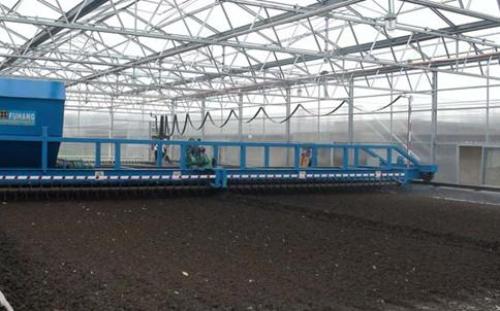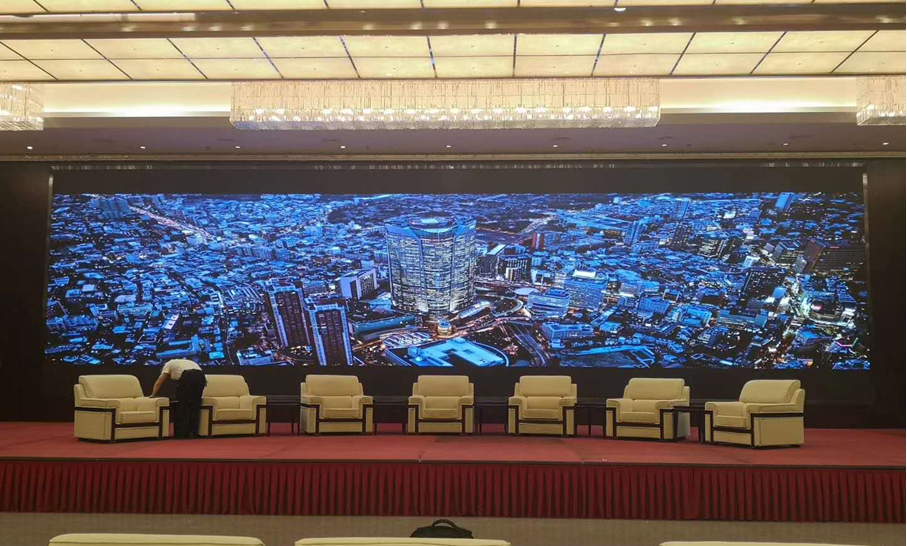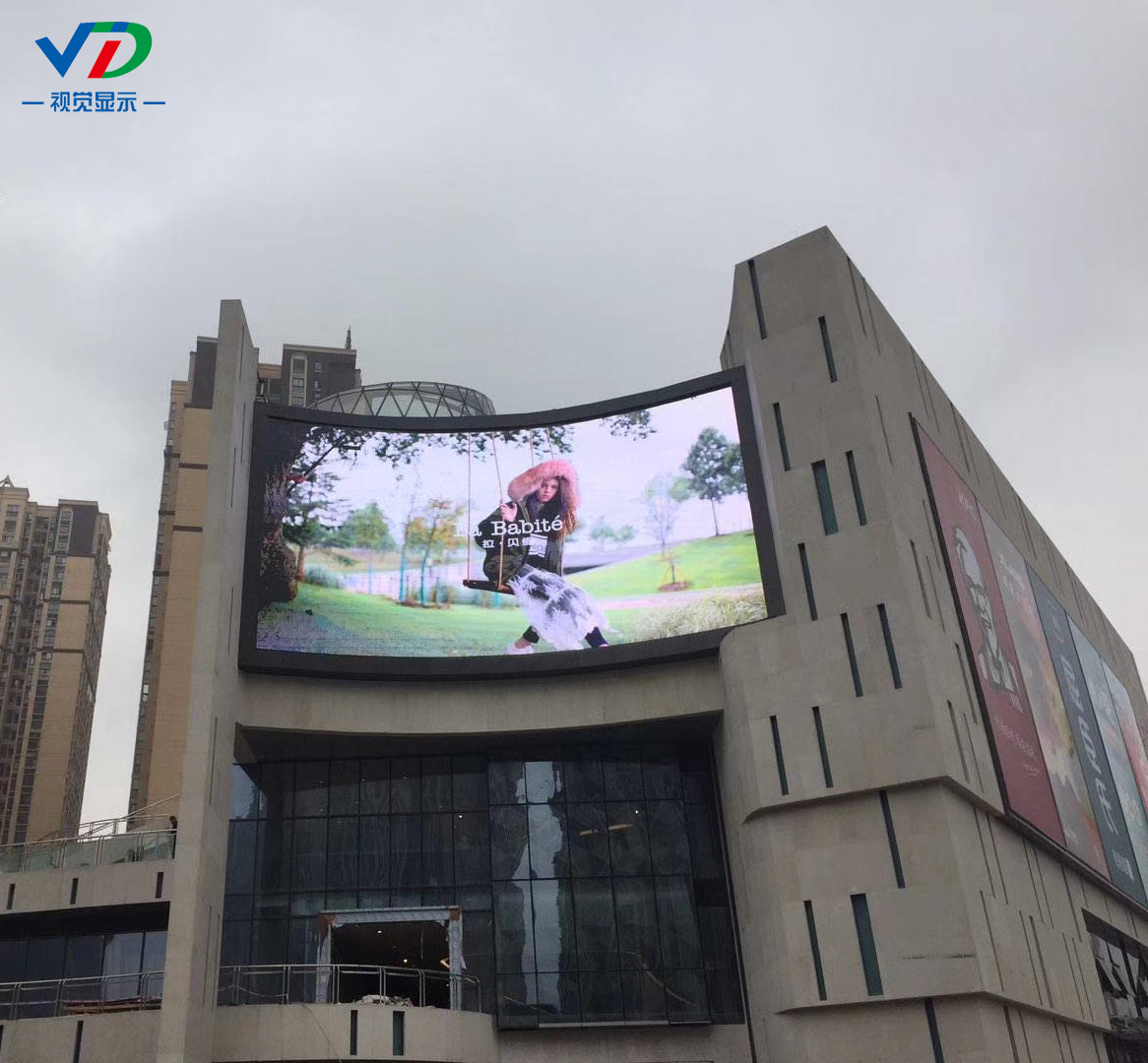
Water is not mud, equal to white governance.
In recent years, successive exposures such as “Northern Sludge Sludge†and “Nanjing Jiangxinzhou Sludge Disposal†have gradually brought sludge disposal to the agenda.
The reporter recently learned from the first Sludge Summit that the domestic sludge production volume is not only a mystery. In the current “Twelfth Five-Year Plan†period, the scale of sludge disposal will only be less than half of the target. The proportion of dispositions is also only a quarter.
"The pressure is very great, and it is very difficult to complete the task," said an official of the Ministry of Housing and Construction.
The pollution number is unknown. A Japanese sludge dewatering equipment maker told reporters that in the past two years, the number of customers consulting their businesses in the country has increased. Enterprises are often under pressure from some new facilities EIAs, and they are also afraid of fines to some extent. Into the sludge disposal equipment. “Although some companies still have the chance of being lucky, some small factories still smuggle sludge, but over time, sludge disposal will become an inevitable problem, and more and more people will be afraid of being punished.â€
While many companies are expecting this market to evolve, the sludge industry itself has had several difficulties.
“I am very sorry and sorry that the amount of sludge produced is still very disturbing for us today.†Recently, an official from the Ministry of Housing and Urban-Rural Development expressed at the first meeting of the Sludge Summit that it had been converted from the amount of sewage treatment. A total of 30 million tons of sludge was produced. However, according to statistics reported by more than 3,600 sewage treatment plants across the country, the amount of sludge produced is still an uncertain figure.
While the amount of sludge generated is not clear, the number of sludge disposal is also not satisfactory.
The State Council approved the "Twelfth Five-Year Plan" for urban sewage treatment and recycling facilities in the national plan. This requires the addition of new urban sludge to treat about 5 million tons of dry sludge (about 25 million tons of wet sludge) annually. Will invest 34.7 billion yuan for sludge treatment and disposal.
According to Cao Yanjin, director of the Water Division of the Ministry of Urban Construction and Urban-Rural Development of the Ministry of Construction, according to the fact that the implementation of the national plan was implemented at the end of last year, half of the time was spent, but the progress of sludge disposal was less than half. “The target is to add 5 million tons of dried sludge to the disposal scale, but so far, preliminary statistics have only completed the disposal of 2.25 million tons of dry sludge, less than 50%, and there are two years of construction tasks, and this year will soon be over. The pressure is very high and the task is very difficult to accomplish."
Not only has the amount of disposal progressed slowly, but the goal of “harmless†has been a far cry from nothing, and there has been very little sludge turning into organic fertilizers, building materials, and engineering backfills.
The requirements of the above plan are that the harmless disposal rate of urban sludge should reach 70%, of which 36 large and medium-sized cities should reach 80%, and the innocuous disposal rate of sludge in the county and townships should reach 30%.
However, in fact, the latest data given by the Ministry of Housing and Urban-Rural Development is that at present, the country has annually processed 44.5 billion cubic meters of sewage and sludge containing more than 30 million tons of water in 80% of water content. In the middle of this, 32.7% of landfills take landfills. Incineration accounts for 9.3%, fertilizer 9%, building materials 4.7%, and other 44.3%. “Building materials, burning, and fertilizers account for only 1/4 of harmless disposal,†said Cao Yanjin.
“The actual situation and the “Twelfth Five-Year Plan†requirements are very far apart. Most landfills are simple landfills, and the potential for pollution is large. Illegal dumping occurs from time to time.†Wu Wenchao, the Solid Waste and Chemicals Management Center of the Ministry of Environmental Protection, said that All parties concerned with sludge disposal have paid insufficient attention to the importance of heavy water and slime, poor construction of facilities, few disposal routes, low capital investment, and inadequate management and supervision. These are problems of sludge disposal.
The charging mechanism urgently needed to establish Yang Jianlao, Director of the Urban Construction Department of Guangxi Housing and Urban-Rural Development Department. When talking about sludge disposal, the inconsistency of power and financial power is the key reason for the lag in the construction of local related facilities.
“Guangxi has introduced a policy of collecting a sewage treatment fee of five cents per ton, but in the actual process, only a third of the cities and counties are implementing it, and the vast majority are not implemented.†He believes that the government will come from local governments. He said that to advance this work, it is necessary to clarify the responsibilities between the government. “The power is from the top to the bottom, and in the case of financial power, Guangxi is a district and county-level township and a county-owned county-owned financial institution. It is necessary to build a sewage sludge facility. No matter the township level is built, there is no money, and the responsibility goes to the county. The county is a district administration county, so to do this, you have to ask for money in the district."
Yang Jianlu said that in the 89 cities and counties in Guangxi, one-third of the fiscal surplus in Guangxi is one-third of the fiscal surplus, one-third of the deficit is empty, and it is very difficult to invest more than 10 billion yuan in the construction of sewage and other facilities. In addition, if the sewage sludge does not have its own charging capacity, it will be very difficult for the government to invest solely to attract social capital.
An insider of a listed company engaged in sludge disposal business told the reporter of the “First Financial Daily†that the company occupies the bulk of the sewage treatment in the locality, and sludge disposal is more like “finishing the tasks handed by the municipal governmentâ€. He said that although the government has also given some subsidies, it is not a profitable business in itself.
Chen Tongbin, a researcher at the Institute of Geographic Sciences and Natural Resources Research at the Chinese Academy of Sciences, said that the international investment in sewage and sludge is 1:0.4 to 0.6, but no sludge disposal fees have been introduced in China. Sewage treatment fees do not include sludge disposal fees. The government Only the sewage treatment plant was commissioned to dispose of the water and no sludge disposal fee was paid.
Cao Yanjin said that the sludge charging mechanism currently consists of two fees, one for sewage treatment fees and one for sludge treatment and disposal services. Sewage treatment fees are subject to hearings and government approvals. Sludge operating service fees are the fees that should be paid by the government to purchase services. It is through the mechanism of market competition to select the operating companies with the best cost and high service level to undertake sludge treatment. Disposal of operational services.
“If the former can't meet the demand for operating service fees, the government will have to cover the bottom.†Cao Yanjin said that how the government subsidizes is a problem that it is jointly studying with the financial department and the National Development and Reform Commission.
In addition, the government has imposed exemption on income tax for enterprises in the fields of public facilities and energy-saving technologies in the first year, three years in the end, and halved in the fourth to sixth years. However, local governments implement preferential policies, including land use, electricity, and resources. There are many problems with energy recovery and so on.
The systemic problem In the view of an official of the National Development and Reform Commission, the reason why the policy is difficult to detail, the policy strength is difficult to determine, and is related to the current sludge disposal technology route is not unified. "All types of technology are available. It is difficult to form a unified view. There are costs of five hundred and six hundred, one hundred and two hundred, and now only through practical projects, stereotyped technical route will be conducive to formulation of supporting policies."
The current sludge disposal methods mainly include landfill, incineration and land use.
Dai Xiaohu, Dean of the School of Environmental Science and Engineering at Tongji University, believes that for the use of sludge, in terms of foreign history, the key cards in the country are land use. "There is no corresponding legal standard, nor has it been let go. In this way, landfills and incineration can only be done. Then there will be relatively more problems." He believes that in terms of the criteria for land-use sludge and risk assessment, the next step will be Will increase the intensity.
Wang Hongchen, deputy dean of the School of Environment of Renmin University of China, once stated that, at the statistical level, the most developed countries are engaged in sludge agriculture, the less developed countries are engaged in sludge incineration, the less developed countries are engaged in landfills, and the poor countries throw in disorder. . He believes that scientific farming is a more aggressive and advanced disposal method for sludge. However, relevant standard specifications and detailed studies are still not in place.
In addition to the difficult selection of the technical route, Ruan Weili, chief engineer of the Second Design Institute of the China North China Design and Research Institute, said that after the main process of sludge treatment is selected, the design of the subsidiary process still needs a lot of work. “Sludge content and viscosity are high in China and it is difficult to grasp the adaptability and parameters. The mature technology routes and equipment also need to do a lot of work. For example, some high-level anaerobic digestion and mud-water exchange are difficult to choose. equipment."
An engineer from the municipal department of the eastern region also stated that in the process of the promotion and industrialization of the sludge process engineering, there was a lack of supervision and management, and there were many phenomena of low-price winning bids, resulting in lagging projects and some projects were completed. Operational management also poses a hidden danger. "There are few demonstration projects that have stood the test. With one year or two down, the attenuation of the system's processing capacity is quite severe."
Many people in the industry also pointed out that the treatment and disposal of sludge is facing the problem of cross-industry collaboration.
Wei Lili said that the sludge needs to be coordinated by many departments, and it is difficult for the relevant departments to be unified, and they are standing in their own interests and demanding. “A lot of projects cannot be landed at the planning level. It is difficult to do site selection. It is difficult to land on the road because of drying and burning. There is no place like the sewage treatment plant in the planning.â€
Cao Yanjin said that the characteristics of sludge treatment and disposal are particularly prominent across industries and require the cooperation of various departments such as gas, building materials, fertilizers, electricity, and gardens. For example, biogas purification and refueling stations require the cooperation of gas departments. In reality, many projects do not allow cooperation when bidding.
LED Video Wall Screen is also called small pitch led display screen, Indoor Led Video Wall Screen,Outdoor LED Video Wall Screen.In recent years, the wide application of Led Display Screen in all walks of life has led to the centralized outbreak of "small spacing", especially in places where the display requirements, screen precision and density requirements are relatively high, such as police command system, monitoring and security system, high-end conference system, advertising information release, etc.

LED Video Wall Screen is so popular, mainly because it has the following outstanding characteristics:
1.Cabinet thickness of the box <40mm;
2.Cabinet power no cascade output, lower risk of connection defectives;
3.Secondary class power supply design, low voltage power supply inside cabinet,high efficient module power,
low heat radiation;
4.The module apply magnesium alloy die-casting bottom base, good flatness, the bottom base dings;
5.Module intelligent detection and data;
6.Board-to-board professional connector for module and HUB, the performance is more reliable;
7.Control card and power supply using dual backup design, it can be applied to a variety of high demand places;
8.Concealed HDMI connection for signal more stable performance and cleaver joint;
9.Front and after maintenance for control cards;
10.High gray level, high refresh, high contrast, low brightness design.

LED Video Wall Screen
Led Video Wall Display,Finest Quality Led Wall Display,High-Quality Led Video Wall
Shenzhen Vision Display Technology Co,.LTD , https://www.ledvdi.com